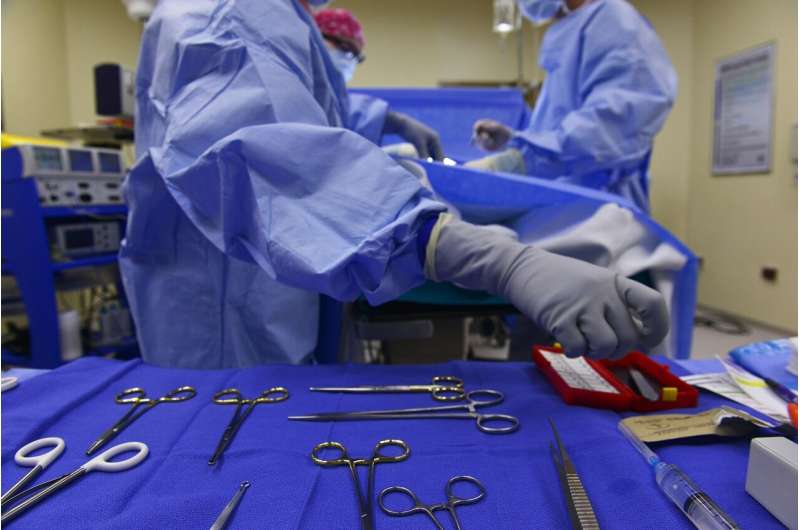Integrated cardiothoracic residency continues to be most challenging specialty to match

Research presented today at the AATS 101st Annual Meeting, shows that the six year Integrated Cardiothoracic (CT I-6) residency continues to be the most challenging to match, while the pool of applicants has become more diverse. The study, which aimed to identify applicant characteristics associated with a successful match, used data from the National Residency Matching Program (NRMP), Electronic Residency Application Service (ERAS), and Association of American Medical Colleges (AAMC) for Thoracic Surgery, Orthopaedic Surgery, Neurological Surgery, Otolaryngology (ENT), Plastic Surgery, and Vascular Surgery for 2010-2020.
Data compared number of applicants and residency positions, gender, race, and qualifications among CT I-6 applicants with those of other competitive surgical subspecialties, including Orthopaedic Surgery, Neurological Surgery, Otolaryngology, Plastic Surgery, and Vascular Surgery. Competitive subspecialties analyzed included those that had (1) more United States (US) senior applicants than positions offered; (2) <= 5 positions available in the Supplemental Offer and Acceptance Program (SOAP); and (3) United States Medical Licensing Examination (USMLE) Step 1 score average of >= 235 in the 2020 NRMP Match.
Number of applicants, number of positions, match rates, gender, race, and objective metrics including Alpha Omega Alpha (AOA) membership, USMLE Step 1 and 2 CK scores, research productivity, and graduation from a top-40 NIH-funded US medical school were recorded. Descriptive statistics and Student t tests were calculated to compare applicant gender and race between surgical subspecialties.
Despite growth of 280 percent in PGY-1 positions over the ten-year period, CT I-6 continued to be the most difficult to match among all competitive surgical subspecialties, with the lowest match rates among total applicants. The number of female applicants has risen from 16 percent in 2015 to 28 percent in 2020. Furthermore, the diversity among I-6 program applicants has increased in all race and ethnicity categories from 2015 to 2019: White (+0.2 percent), Black (+2.1 percent), Asian (+2.1 percent), and Hispanic (+0.9 percent).
For all applicants, the greatest predictors of a successful match appear to be Step-2 CK, AOA membership, and graduation from a top-40 NIH-funded US medical school.
"Over the last 10 years, trends in the CT I-6 match have been very exciting," explained Lead Author Lauren Bougioukas, medical student at the University of Vermont Larner College of Medicine. "I-6 has been recruiting very competitive, talented applicants. In particular, I am thrilled to see increased numbers of racially diverse and female applicants. I hope this study serves as a springboard for future research regarding the I-6 match, and also better informs aspiring cardiothoracic surgeons looking to pursue an I-6 residency."
More information: "Characteristics in the Integrated Cardiothoracic Surgery Match: Trends in Positions, Gender, Race, and Qualifications Among Applicants when Compared with those of other Surgical Subspecialties." Presented by Lauren Bougioukas, April 30 at the AATS 101st Annual Meeting.




















